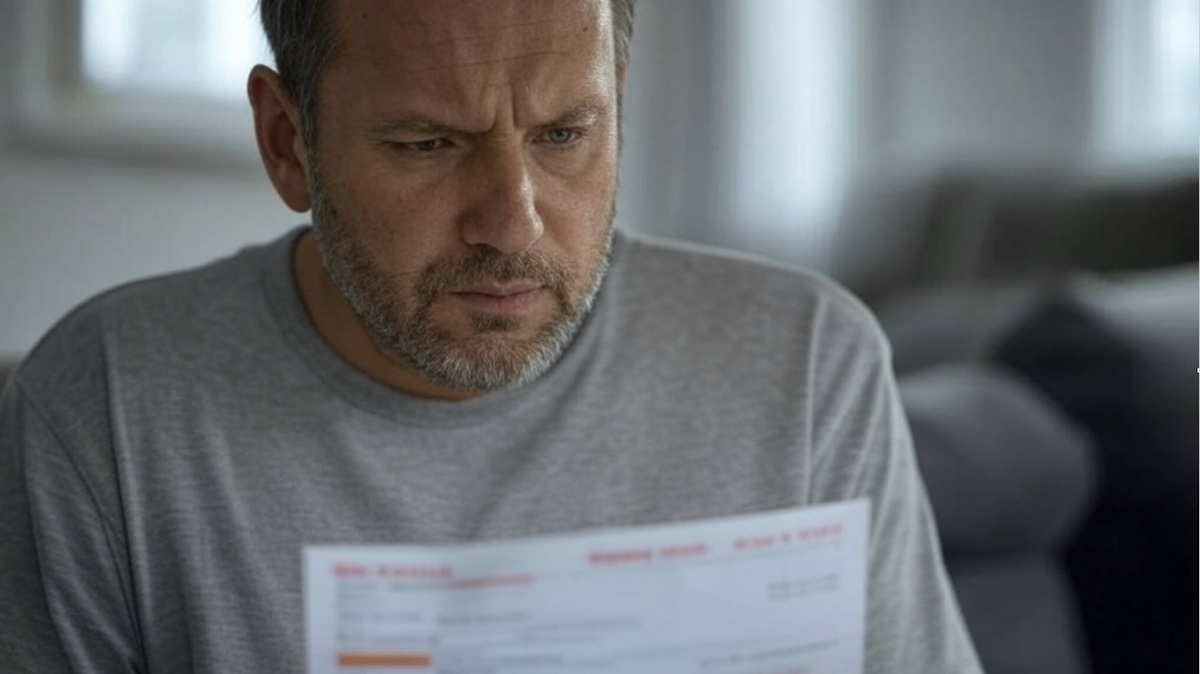latest
Massachusetts natural gas prices up 93%, electricity up 65% the last 10 years

Over the last decade (2015–2025), Massachusetts energy costs have risen 2-3 times more than the national average. Electricity prices rose 65% (+32% nationally) and natural gas costs rose 93% (+25% nationally). Rates are about move much higher as the Massachusetts Department of Public utilities last fall approved rate hikes of 25-30% for Eversource and 11-13% for National Grid.
Natural Gas Costs
In 2015, the average residential price of natural gas in Massachusetts was approximately $1.30 per therm, according to U.S. Energy Information Administration (EIA)historical data. By 2023, this had risen to around $2.20 per therm, and BLS data for December 2024 in the Boston area reports $2.51 per therm. This shows a 93% increase in natural gas prices over the decade, nearly four times higher than the national average of 25%.
Governor Maura Healey, during her tenure as Massachusetts Attorney General (AG) from 2015 to 2023, played a significant role in halting two natural gas pipeline projects that would have brought additional capacity into the state. Her actions as AG, including legal interventions and commissioned studies, were instrumental in their demise. She publicly claimed credit for this outcome, notably during her 2022 gubernatorial campaign, stating, “Remember, I stopped two gas pipelines from coming into this state.”
Electricity
According to the EIA, the average residential electricity price in Massachusetts has risen higher than most states over the years. In 2015, the average retail price for residential electricity was around 18.5 cents per kilowatt-hour (kWh). By 2023, this had increased to approximately 27.5 cents per kWh, based on EIA annual averages. More recent data from the Bureau of Labor Statistics (BLS) indicates that in December 2024, the price in the Boston-Cambridge-Newton area reached 30.5 cents per kWh.
Electricity prices in Massachusetts have risen by 65% over the decade, based on the available data points. This aligns with reports of significant rate hikes, such as National Grid’s 64% increase in 2022 and Eversource’s adjustments, driven by factors like natural gas price volatility and infrastructure costs.
Why does Massachusetts costs significantly outpace the national costs?
The primary const increases come from upgrading and maintaining the infrastructure, but that is standard around the country.
Massachusetts Democrats have replaced cheaper carbon based energy over the years with costly renewable energy sourced from out of state and country (or windmills in the ocean), significantly increasing the general costs. Also, Massachusetts energy consumers have subsidized the Mass Save program, an energy efficiency initiative, to the tune of $16 billion since 2008. The cost has risen from $200 million in 2008 to $1.5 billion in 2025. Consumers fund the program with the “energy efficiency” charges on their gas and electric bills. Here is a break down of the Mass Save costs since 2008.
- 2008–2010: ~$700 million (starting at $200 million, growing to $250–300 million/year).
- 2011–2013: $1.2 billion ($400 million/year, per EEAC historical trends).
- 2014–2016: $1.8 billion ($600 million/year).
- 2017–2019: $2.2 billion ($733 million/year).
- 2020–2022: $2.8 billion ($933 million/year).
- 2023–2025: $4 billion ($1.33 billion/year, with 2025 at $1.5 billion under the new plan).
- 2026–2027 (projected): $3 billion (remaining two years of $4.5 billion plan).
As stated, rates are about move much higher as the Massachusetts Department of Public utilities last fall approved rate hikes of 25-30% for Eversource and 11-13% for National Grid.




